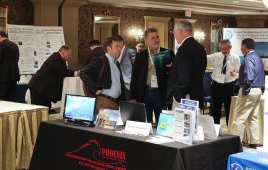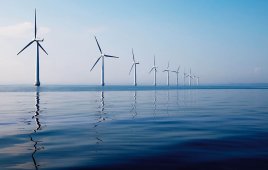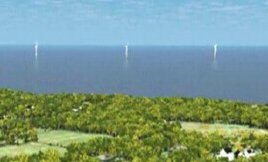Europe has led the way, at least partially, because it benefits from large areas of shallow seabed. On average, those turbines are in water just 29m deep. This has made Europe an ideal nursery for the fledgling industry, but once you get to depths greater than 50m, fixed-foundation structures increase in cost and complexity. As a result, advanced economies with deeper coastal waters, such as the US and Japan, have fewer suitable sites for fixed-foundation wind farms. Access to offshore wind energy for such sites will depend heavily on floating structures to support turbines in such deeper waters.
Floating’s advantage
Maryland offshore wind moving forward: Financing decision to be announced on May 17, 2017
On January 9 2017, US Wind organized the 3rdmeeting within its offshore wind information series in Salisbury, Maryland.
What a Trump presidency means for offshore wind
States have always and will continue, even under this new Administration, to lead on climate change and renewable energy – the federal government can not repeal State Renewable Portfolio Standards (RPS) or any State renewable or offshore wind legislation.
Want to be part of the U.S. offshore wind supply chain?
Offshore wind projects are innovative construction projects combining all facets of engineering, construction, marine and aerospace disciplines- just to name a few.




